Back to Courses

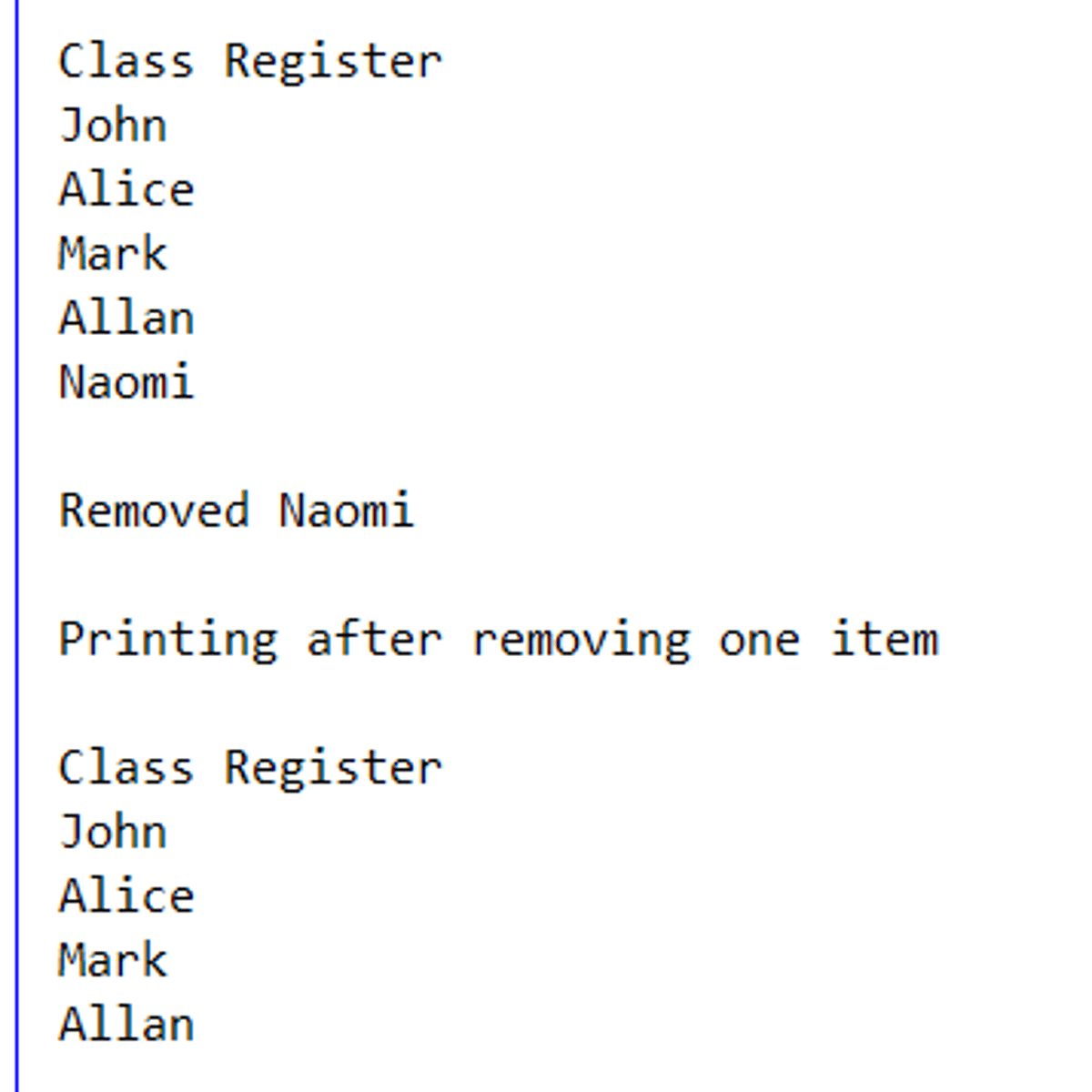

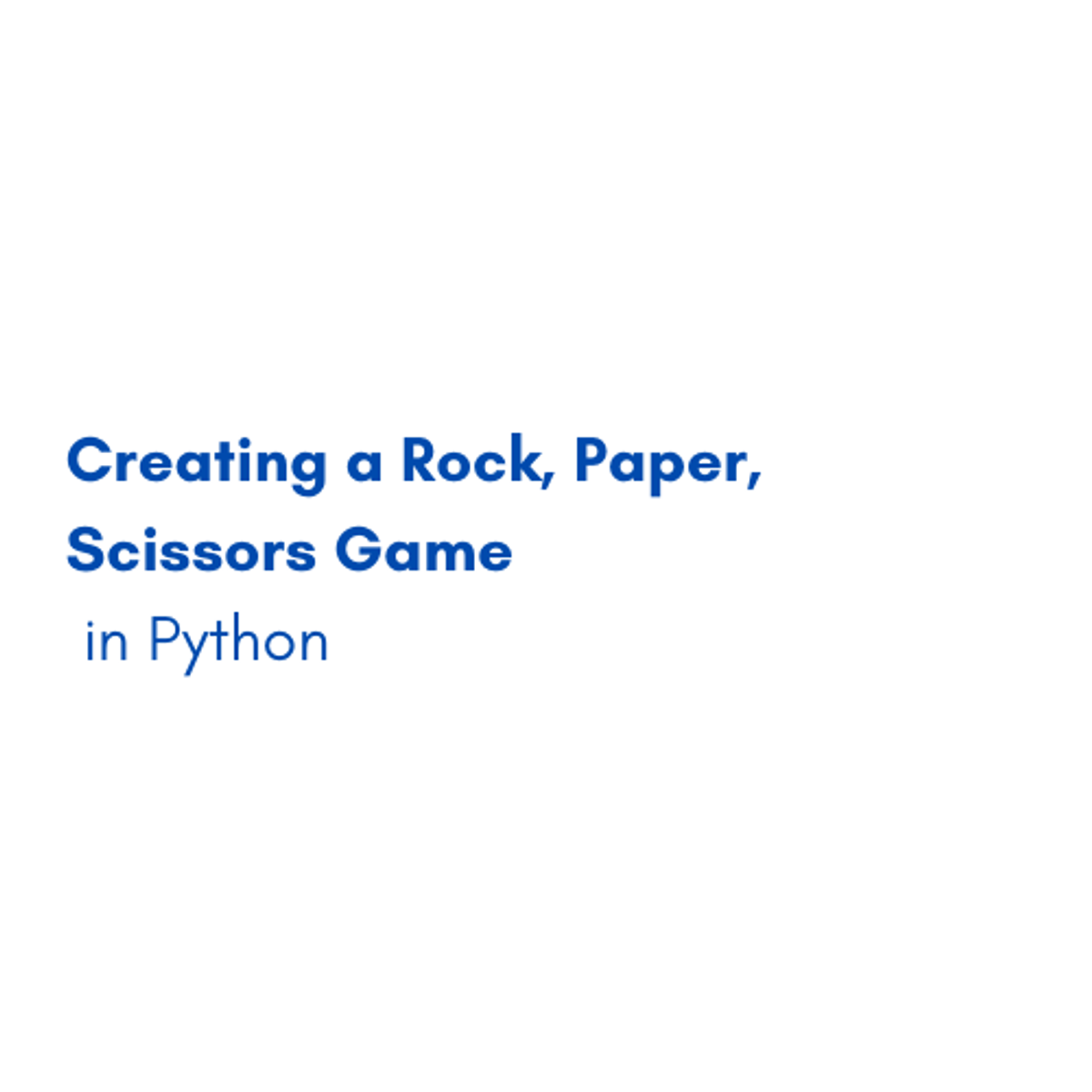

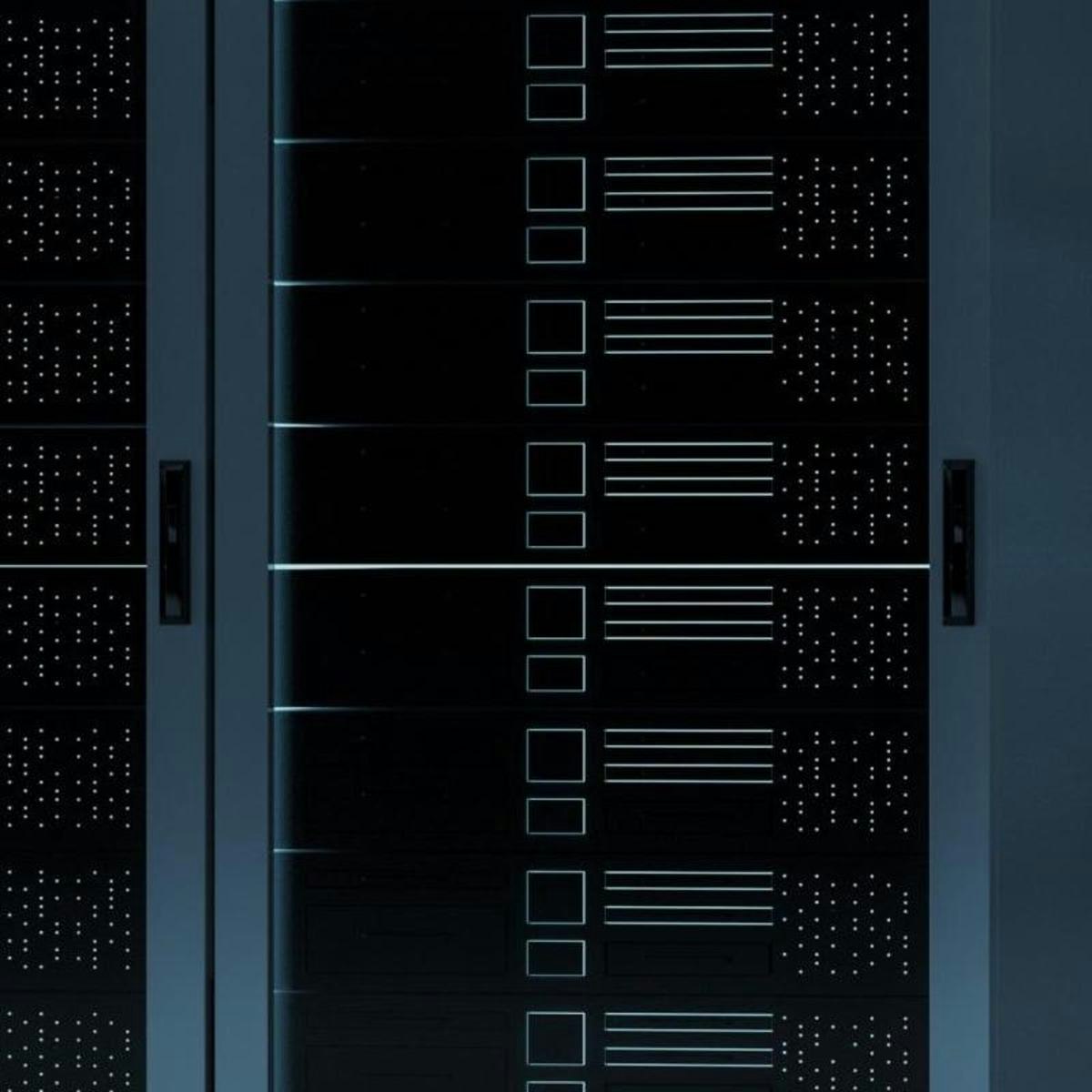

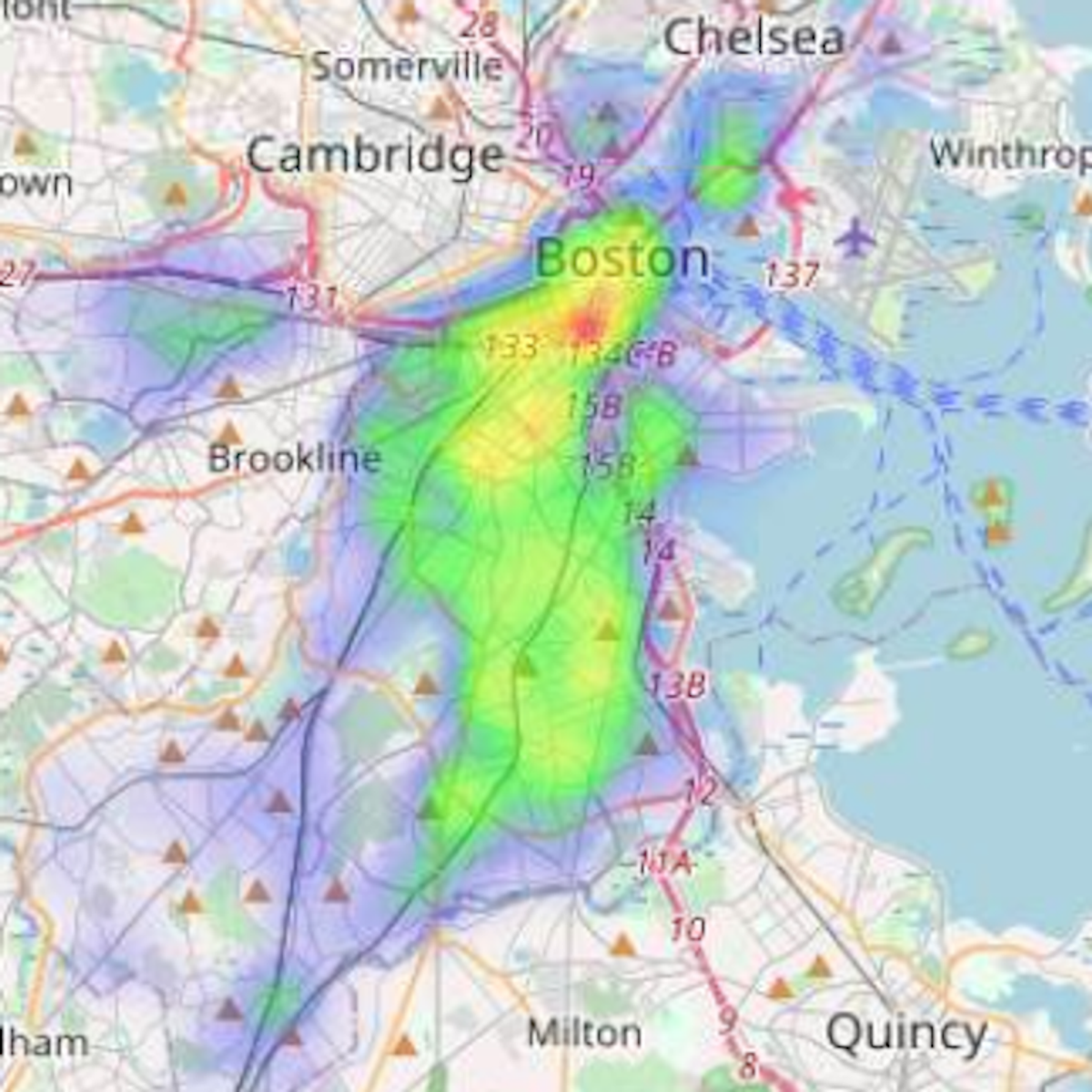
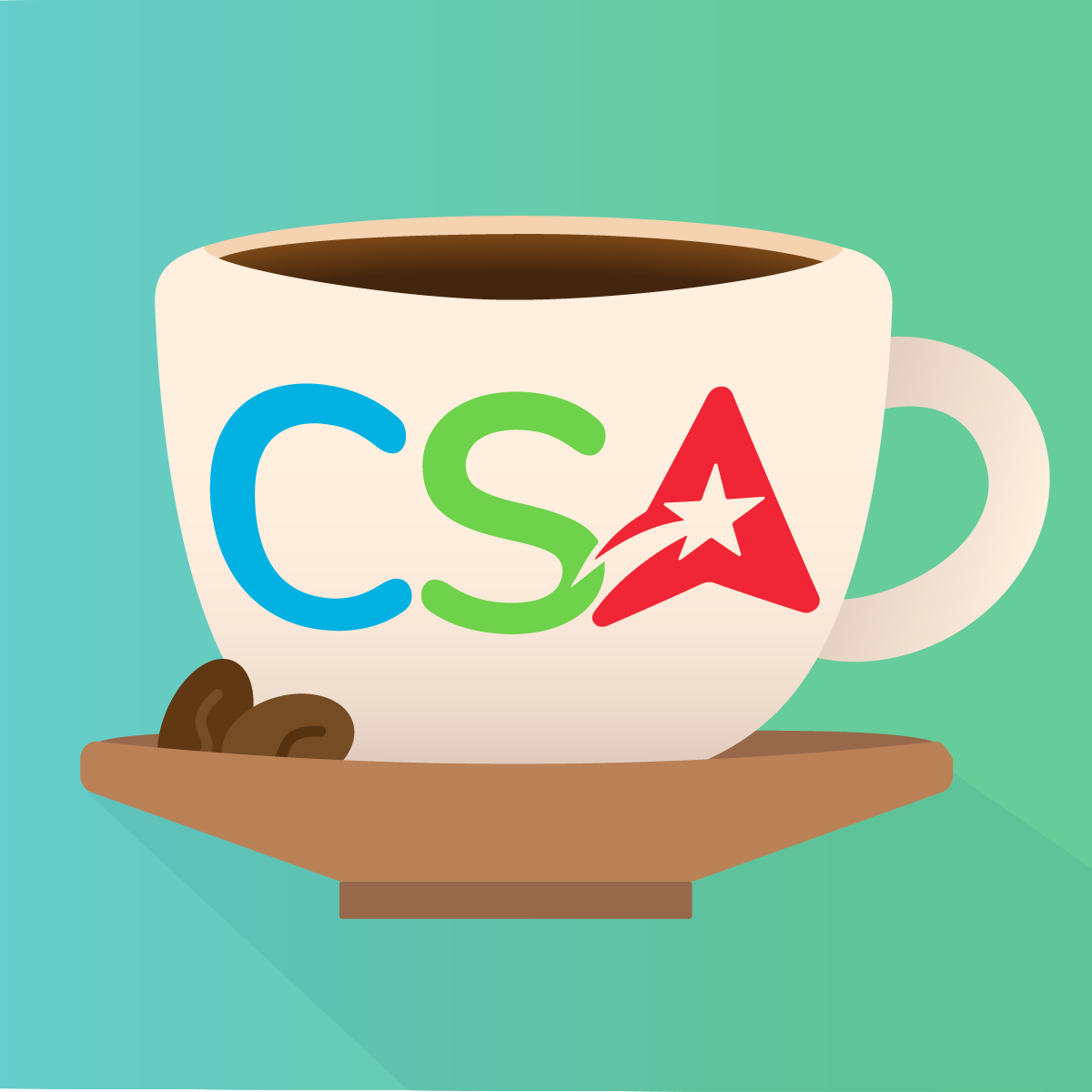
Software Development Courses - Page 18
Showing results 171-180 of 1266

Building Interactive 3D Characters and Social VR
Meeting another person is one of the most amazing experiences you can have in Virtual Reality. It is quite unlike communicating through any other medium except a real life face-to-face conversation. Because the other person is life size and shares a virtual space with you, body language works in a way that cannot be done on a flat screen. This course will enable you to create realistic social interactions in VR.
You will learn about both the psychology of social interaction and the practical skills to implement it in Unity3D. We will take you through the basics of 3D character animation and how to create body language. You will learn about how to make characters that can respond to players’ speech and body language. You will also learn about avatars: the virtual representation of other players, and agents: computer controlled NPC characters and how to implement both of them.
As many people have said before us, social is the future of VR. This course will help you become part of the future of Virtual Reality social experiences.
Introduction to Software Product Management
This course highlights the importance and role of software product management. It also provides an overview of the specialization, as well as its goals, structure, and expectations. The course explains the value of process, requirements, planning, and monitoring in producing better software.

Create a simple name list using a Stack in Java
The learner will create a simple class list with names, using manually created Stack pop, push, peek, size and print methods. The learner will also implement the pre-defined Stack class to perform operations on a stack.

Internet of Things V2: Setting up and Using Cloud Services
Have you wondered what exactly AWS is and why is it important? Do you want to make informed design decisions about which services to use? Do you want to gain expertise to leverage the cloud for your own projects?
In this course, you will learn to interface with the AWS cloud. You will then develop software to send data to and receive data from the cloud. Along the way, you’ll learn how to structure your project with a variety of these difference services.
Learning Goals:
After completing this course, you will be able to:
1) Understand what the cloud is and how it works.
2) Install and configure the AWS CLI and SDK on a Linux system.
3) Use various AWS services such as EC2, IoT, and many more.
4) Build projects that heavily leverage the cloud.
5) Integrate the cloud into embedded systems.

Creating a Rock, Paper, Scissors Game in Python
By the end of this project, you will be able to create a simple interactive game of rock, paper, or scissors. Throughout this guided project, you will be introduced to the basic skills needed for every programming language such as different data types, loops, and if conditions. Each part of the project will prepare you to code on your own in Python language, whether to create a game or simple coding.
Python programming is one of the easiest programming languages since its syntax is English-like. It is used in many applications and mastering it will definitely pave a way for you to start a career in any programming-based field. Python is also the base for the machine learning and deep learning field.
Note: This course works best for learners who are based in the North America region. We’re currently working on providing the same experience in other regions.

Control Flow in RPA
The Control Flow in RPA course provides a deep understanding of the automation flow. Control Flow is a concept that refers to the order in which actions are executed and "control" flows in an automation project with the help of sequences, decision making, loops, and flowcharts. This course also focuses on the error handling mechanism which is vital for an automation project.
The course has multiple practice exercises which will help in strengthening your knowledge and understanding of workflows in Studio.

Introduction to High-Performance and Parallel Computing
This course introduces the fundamentals of high-performance and parallel computing. It is targeted to scientists, engineers, scholars, really everyone seeking to develop the software skills necessary for work in parallel software environments. These skills include big-data analysis, machine learning, parallel programming, and optimization. We will cover the basics of Linux environments and bash scripting all the way to high throughput computing and parallelizing code. We recommend you are familiar with either Fortran 90, C++, or Python to complete some of the programming assignments.
After completing this course, you will familiar with:
*The components of a high-performance distributed computing system
*Types of parallel programming models and the situations in which they might be used
*High-throughput computing
*Shared memory parallelism
*Distributed memory parallelism
*Navigating a typical Linux-based HPC environment
*Assessing and analyzing application scalability including weak and strong scaling
*Quantifying the processing, data, and cost requirements for a computational project or workflow
This course can be taken for academic credit as part of CU Boulder’s Master of Science in Data Science (MS-DS) degree offered on the Coursera platform. The MS-DS is an interdisciplinary degree that brings together faculty from CU Boulder’s departments of Applied Mathematics, Computer Science, Information Science, and others. With performance-based admissions and no application process, the MS-DS is ideal for individuals with a broad range of undergraduate education and/or professional experience in computer science, information science, mathematics, and statistics. Learn more about the MS-DS program at https://www.coursera.org/degrees/master-of-science-data-science-boulder.

CUDA at Scale for the Enterprise
This course will aid in students in learning in concepts that scale the use of GPUs and the CPUs that manage their use beyond the most common consumer-grade GPU installations. They will learn how to manage asynchronous workflows, sending and receiving events to encapsulate data transfers and control signals. Also, students will walk through application of GPUs to sorting of data and processing images, implementing their own software using these techniques and libraries.
By the end of the course, you will be able to do the following:
- Develop software that can use multiple CPUs and GPUs
- Develop software that uses CUDA’s events and streams capability to create asynchronous workflows
- Use the CUDA computational model to to solve canonical programming challenges including data sorting and image processing
To be successful in this course, you should have an understanding of parallel programming and experience programming in C/C++.
This course will be extremely applicable to software developers and data scientists working in the fields of high performance computing, data processing, and machine learning.

Crime Zone Heatmaps with Python and Folium
In this one hour long project-based course, you will tackle a real-world problem in data analysis and visualization. You will process a dataset of crime incidents in the city of Boston, and use this data to create an animated heatmap displaying crime hotspots.
Heatmaps use color to display a quantity that changes over two dimensions.
By the end of this project, you will have created heatmaps using code you will write in Python.

Learn to Teach Java: Writing Classes and Arrays
Learn to program using Class design and 1-D Arrays in Java, and prepare to teach others using the free, online interactive CS Awesome textbook. In this course for teachers we'll guide you both in learning Java concepts and skills but also in how to effectively teach those to your students.
This course will support you in teaching the Advanced Placement Computer Science A course or a similar introductory university-level programming course. We'll cover the critical Java concepts of class design and 1-dimensional arrays, as covered in the APCS A Units 5 and 6. Each topic will begin by relating Java to block-based programming languages and then provide video overviews of CS Awesome content along with additional materials to supplement learning for your students.
You'll engage with additional materials to support your teaching including "deep dive" classroom discussion questions, assessment overviews, code tracing and problem solving skills for your students, including preparation for free response coding questions.
Popular Internships and Jobs by Categories
Find Jobs & Internships
Browse
© 2024 BoostGrad | All rights reserved